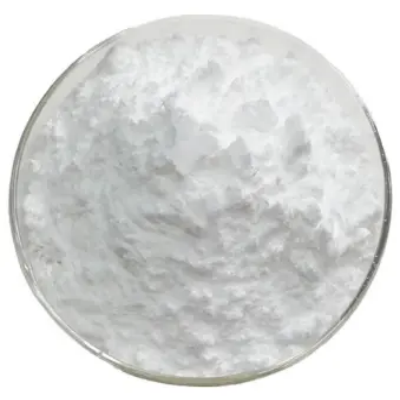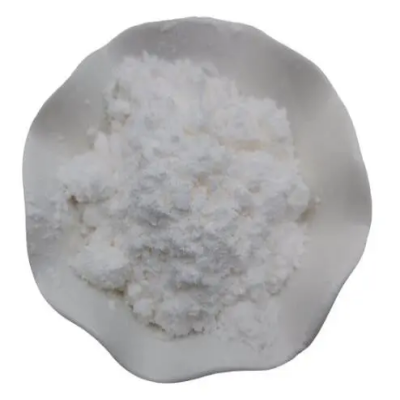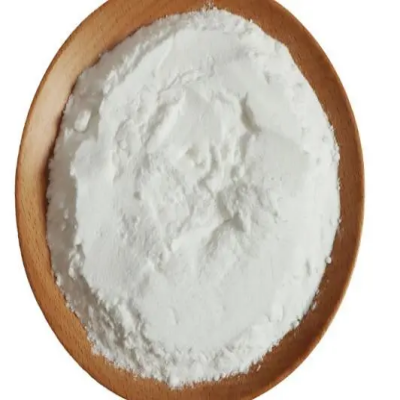Terephthaldicarboxaldehyde CAS:623-27-8
Terephthaldicarboxaldehyde is notable for its structure, which features both aldehyde and carboxylic acid functionalities on a phenylene unit. The presence of these reactive groups enables a wide range of chemical reactions, making TDCA a versatile building block in organic synthesis. One of the prominent applications of terephthaldicarboxaldehyde lies in the production of polymer materials, particularly polyamides and polyesters. The incorporation of TDCA into polymer chains can enhance properties such as thermal stability, strength, and resistance to chemical degradation. This makes it a desirable monomer for developing high-performance engineering plastics used in automotive, aerospace, and electronics applications. In addition to its role in polymer chemistry, TDCA is also utilized in synthesizing various fine chemicals and pharmaceuticals. Its reactivity allows chemists to modify the compound through various functionalization methods, including oxidation and reduction reactions, leading to a diverse range of derivatives. These derivatives often exhibit biological activity, paving the way for new therapeutic agents in medicinal chemistry. Moreover, terephthaldicarboxaldehyde is employed in the production of dyes and pigments. The compound can be used as a precursor in synthesizing various colorants due to its ability to form stable complexes with metal ions. This characteristic is crucial for producing vibrant and durable dyes used in textiles and coatings. The synthesis of terephthaldicarboxaldehyde typically involves the formylation of terephthalic acid or its esters using reagents like thionyl chloride followed by hydrolysis. This method highlights the efficiency of transforming relatively simple starting materials into complex and functionalized products. Despite its various applications, considerations regarding safety and environmental impact are essential when handling terephthaldicarboxaldehyde. Proper protective measures should be observed, as the compound may pose health risks upon exposure. Ongoing research focuses on developing greener synthetic approaches and reducing the environmental footprint associated with its production and use. In conclusion, terephthaldicarboxaldehyde is a significant compound in organic chemistry, offering diverse applications in polymer production, fine chemical synthesis, and dye manufacturing. Its unique structural features and reactivity enable innovation across multiple industries, underscoring its importance in modern material science and chemical research.



| Composition | C8H6O2 |
| Assay | 99% |
| Appearance | white powder |
| CAS No. | 623-27-8 |
| Packing | Small and bulk |
| Shelf Life | 2 years |
| Storage | Store in cool and dry area |
| Certification | ISO. |









